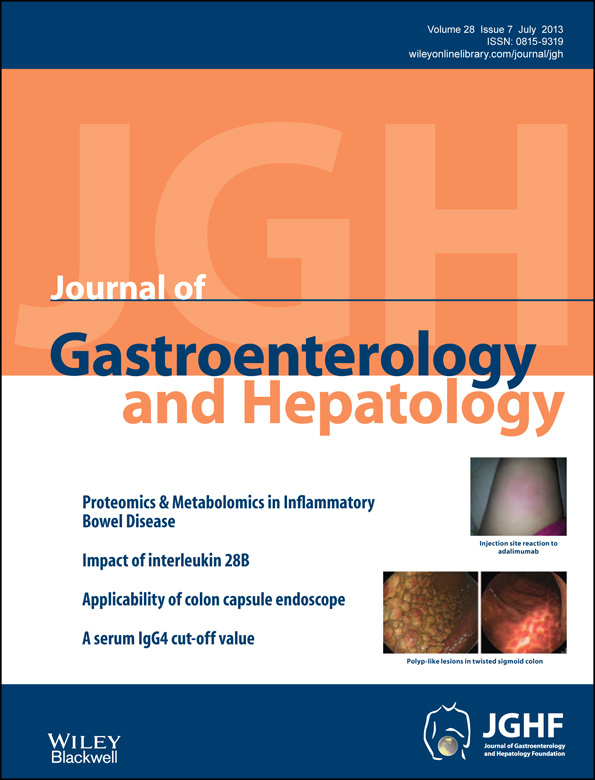Unconjugated bilirubin, a potent endogenous antioxidant, is decreased in patients with non-alcoholic steatohepatitis and advanced fibrosis
Abstract
Background and Aim
Oxidative stress is considered a key element in the progression of non-alcoholic fatty liver to non-alcoholic steatohepatitis (NASH). Unconjugated bilirubin is the main endogenous lipid antioxidant and is cytoprotective in different tissues and organs. In this study, it was evaluated if unconjugated bilirubin levels are associated with the degree of liver injury in patients with non-alcoholic fatty liver disease.
Methods
Two hundred and eighty-five patients were retrospectively evaluated with biopsy-confirmed non-alcoholic fatty liver disease. Multiple logistic regression models were used to assess the relationship of steatosis, inflammation, and fibrosis levels to the features of patients.
Results
Unconjugated bilirubin levels differed significantly according to inflammation and fibrosis scores. Unconjugated bilirubin was lower in patients with moderate-severe inflammation compared with those with absent-mild (P = 0.001) and in patients with moderate-severe fibrosis compared with those with absent-mild (P < 0.001), whereas no difference was observed for steatosis grades. At logistic regression analysis, low unconjugated bilirubin levels were associated with moderate-severe inflammation (odds ratio, 0.11; 95% confidence interval 0.02–0.76; P = 0.025) and moderate-severe fibrosis (odds ratio, 0.013; 95% confidence interval 0.001–0.253; P = 0.004).
Conclusions
Low unconjugated bilirubin levels are independent predictors of advanced inflammation and fibrosis in patients with steatohepatitis, indicating the lack of antioxidant protection as a possible molecular determinant for the progression of liver injury.




